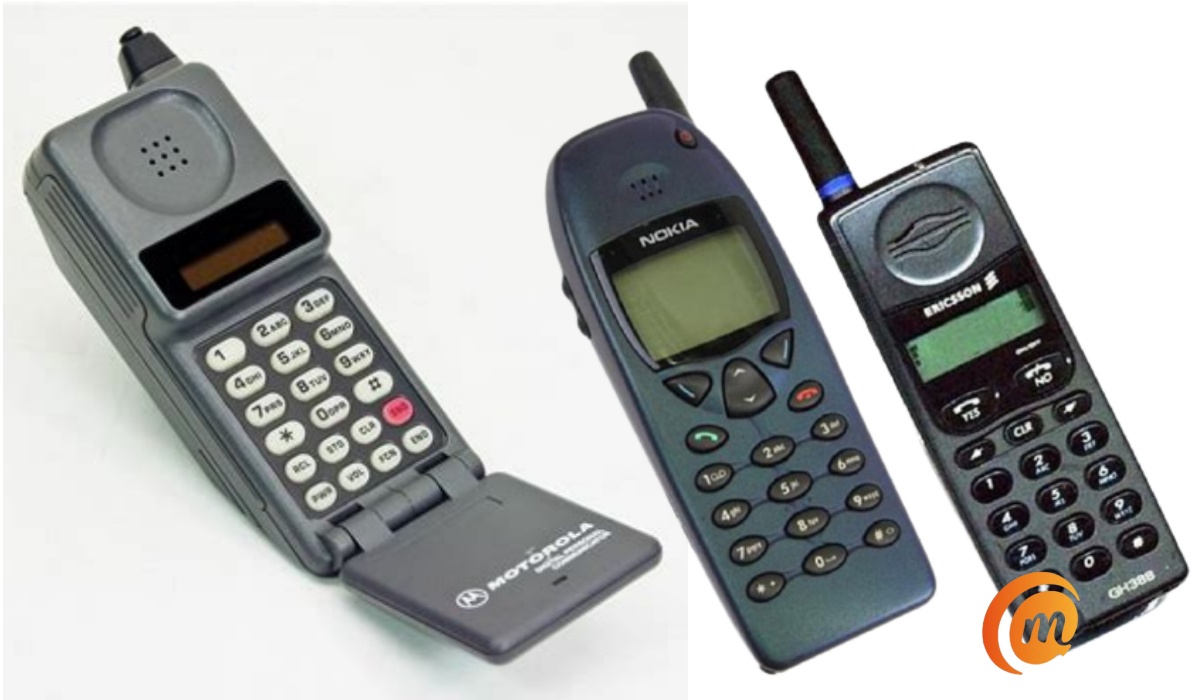Quick Facts About Mobile Phones: Glossary of Terms

This page provides useful information about mobile technology in general. The mobile phone has evolved from a voice apparatus to a multi-functional device that offers increasingly sophisticated applications. No other device has come close to the sophistication, the versatility, and the power of the mobile phone.
Whatever you call it in your neck of the woods – mobile phone, cell phone, cellphone, handset, handy phone, or any other variation of these, this gadget has changed how the world lives, works, and plays. Convergent technologies have now combined the mobile phone and various services – web, email, mobile TV, FM radio, card reader, camera, mobile computer, e-books, music player, voice recorder, flash drive, games, and GPS navigation, among others.
Smartphones, Phablets, and Tablets
A smartphone is a mobile or cellular device with voice and data capabilities, and which runs an operating system that allows the installation and running of third party native applications. In the past, many smartphones had a physical QWERTY keyboard, but over time, most are fitted with touchscreens for viewing of information, as well as data entry through an on-screen keyboard.
Some well-known smartphone operating systems (including those that are now history) are:
- Android OS
- BlackBerry OS
- Firefox OS
- iOS
- Symbian OS
- Windows Phone OS
- Windows 10 Mobile
- KaiOS
- Palm OS
The initial definition of a phablet is a large smartphone with a display of between 5 and 7 inches in size. It was a hybrid between a phone and a tablet. Phablets run the same operating systems that smartphones run. However, as mobile phone makers embraced big screen sizes, the name has died off. Most smartphones in existence today have big screens between 6 and 7 inches. The phablet is dead. Long live the smartphone.
A tablet is a new type of internet-enabled computer that works similarly to a smartphone, having a touchscreen display and downloadable apps, smaller than a laptop and bigger than a smartphone or phablet. Displays range between 7 and 14 inches. Most tablets run the same operating systems that smartphones run, but some others run full desktop operating systems.
Glossary of GSM Terms & Data Speeds
Global System for Mobile communications (GSM) is the most popular standard for mobile phones in the world. Below are the data services currently available.
- 2G/GPRS – 2G is the second-generation technology standard for broadband cellular networks; GPRS stands for General Packet Radio Service; theoretical top speed: 115 kbps
- 2.5G/EGPRS – Enhanced General Packet Radio Service; theoretical top speed: 384 kbps. EGPRS is popularly known as EDGE (Enhanced Data rates for GSM Evolution)
- DVB-H – Digital Video Broadcast – Handheld. A mobile broadcast technology that allows for the digital terrestrial broadcast of live television channels to a mobile phone.
- 3G/UMTS – 3G is the third-generation technology standard for broadband cellular networks; UMTS stands for Universal Mobile Telecommunications System; theoretical top speed: 384 Kbps
- 3.5G/HSDPA – High Speed Data Packet Access; theoretical top speed: 7.2 Mbps
- 3.75G/HSPA+ – High Speed Data Packet Access; theoretical top speed: 42 Mbps
- 4G/LTE – 4G is the fourth-generation technology standard for broadband cellular networks; LTE stands for Long-Term Evolution; High Speed Data Packet Access; theoretical top speed: 150 Mbps
- 5G – fifth-generation technology standard for broadband cellular networks; theoretical top speed: 10 Gbps in downlink data rates
Glossary of CDMA2000 Terms & Data Speeds
Code Division Multiple Access (CDMA) is a competing mobile technology to GSM. Below are the data services currently available on CDMA networks.
- 1x – theoretical top speed: 153 Kbps
- EVDO Rev. 0 – Evolution-Data Optimized; theoretical top speed: 2.4 Mbps
- EVDO Rev. A – Evolution-Data Optimized; theoretical top speed: 3.1 Mbps
- Don’t miss our reviews.
- Follow our news on Google News.
- Join our WhatsApp Group, to be notified of the most important articles and deals,
- Follow us on Instagram, Facebook, Twitter, and YouTube.

